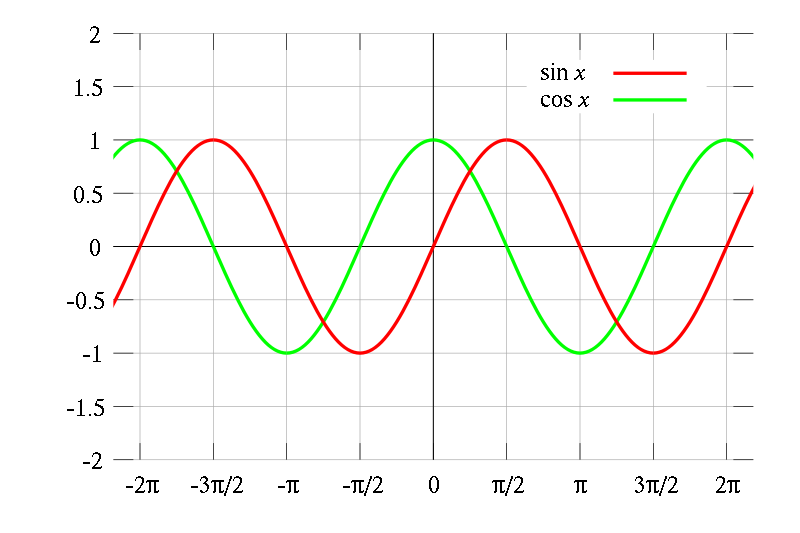TheJuggla1 10+ year member
Senior VIP Member
I heard subs can 'cancel out' each other. Lets use an example and say I got a pair of 15 12 10 and 8s, would there be any 'canceling' going on?
Does the shape matter? Say I get a Square sub and mix it with a Circle Sub(Different amps of course) do they cancel as well?tons, dont mix sub sizes.
not true...get two sony xplods. itll be the loudest system ever. but just dont mix sizes. or brands.
when you have 2 subs side by side you actually can gain 3 dbs because of mutual coupling of the drivers. you would get more cancellation if the drivers were pointed straight across from each other without some type of a wall in between them. the wall would keep the sound wave from clashing into each other and canceling. think of it like tossing two rocks into a small pool, if you toss the rocks in on the same side close together you would get a larger ring of water movement than you would if you stood on 1 side and some one on the other side and you both tossed your rocks into the pool at the same time and the same distance from the edge. eventually the rings would come together and clash causing the wake to smooth out.for example i have 2 15s that sit side by side in a wall not up and down like thay sould be i have been told there is like 1 or 2 db differce with the subs side by side due to cancleation
Yes they can, and it's a problem with what is called "phase". Different speakers have different response characteristics and consequently different phase delays. To make this simpler, let's use an example from mathematics: a sine and a cosine wave. All a cosine wave is, is a sine wave that is 90 degrees out of phase, or the other way, a sine wave is a cosine wave that is -90 degrees out of phase. To visualize this, look at the following plot:I heard subs can 'cancel out' each other. Lets use an example and say I got a pair of 15 12 10 and 8s, would there be any 'canceling' going on?


//content.invisioncic.com/y282845/emoticons/laugh.gif.48439b2acf2cfca21620f01e7f77d1e4.gif You just said what I did except in 1/16 of the space //content.invisioncic.com/y282845/emoticons/redface.gif.62fdbfe1a101588a808c4cff71bcb942.gifwhen you have 2 subs side by side you actually can gain 3 dbs because of mutual coupling of the drivers. you would get more cancellation if the drivers were pointed straight across from each other without some type of a wall in between them. the wall would keep the sound wave from clashing into each other and canceling. think of it like tossing two rocks into a small pool, if you toss the rocks in on the same side close together you would get a larger ring of water movement than you would if you stood on 1 side and some one on the other side and you both tossed your rocks into the pool at the same time and the same distance from the edge. eventually the rings would come together and clash causing the wake to smooth out.
But like the way you explained every aspect Thanks i learned alot today!!//content.invisioncic.com/y282845/emoticons/cool.gif.3bcaf8f141236c00f8044d07150e34f7.gif//content.invisioncic.com/y282845/emoticons/laugh.gif.48439b2acf2cfca21620f01e7f77d1e4.gif You just said what I did except in 1/16 of the space //content.invisioncic.com/y282845/emoticons/redface.gif.62fdbfe1a101588a808c4cff71bcb942.gif
